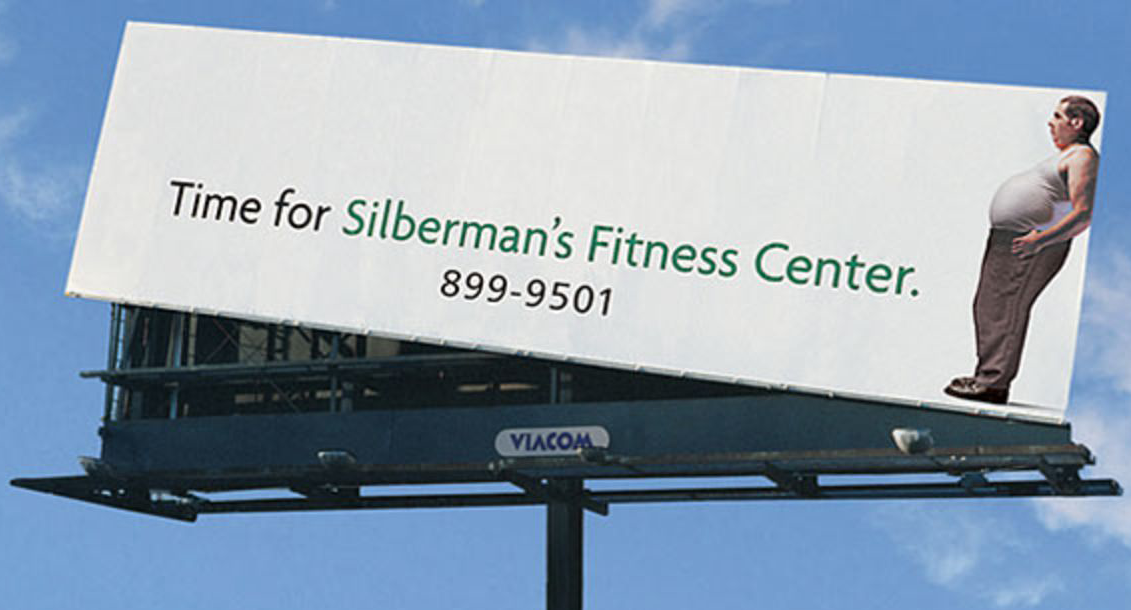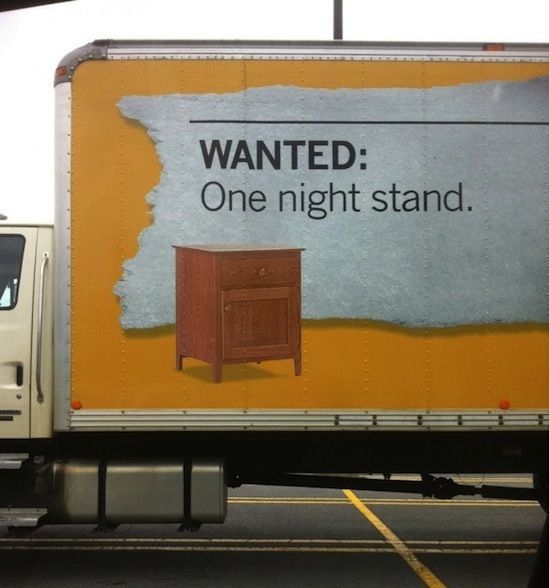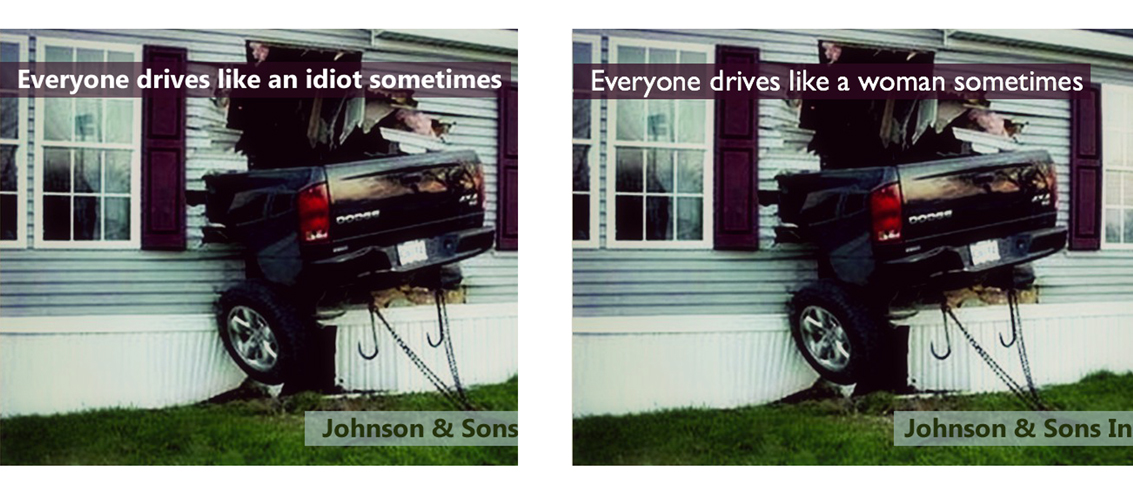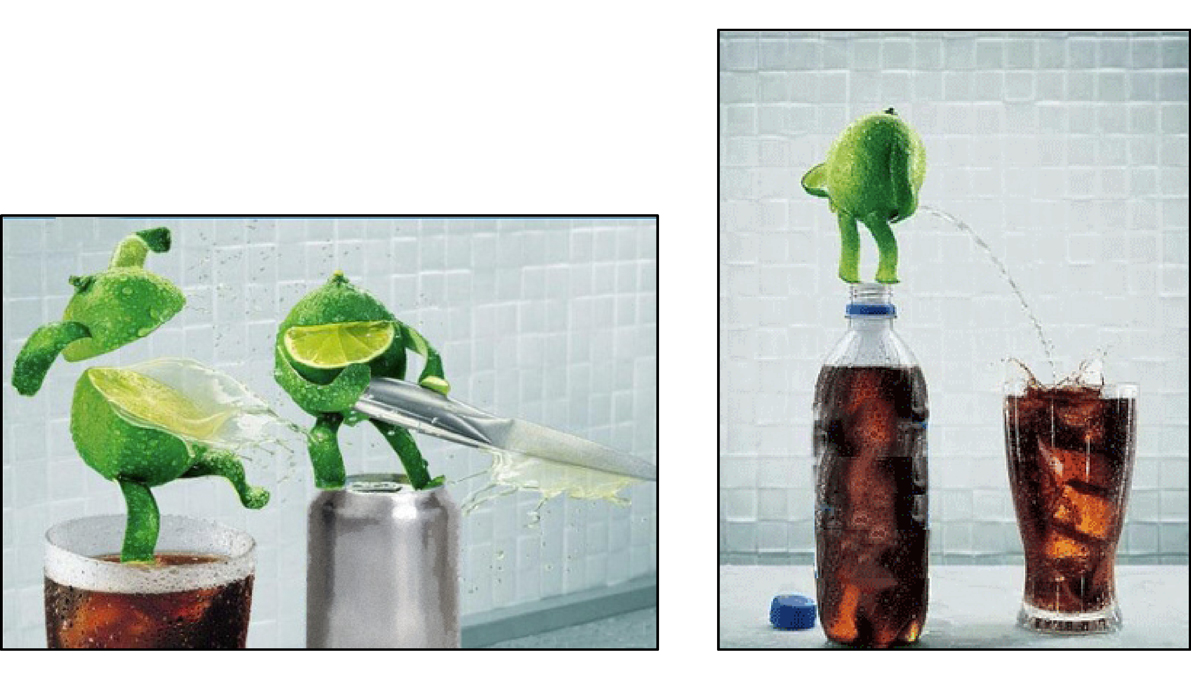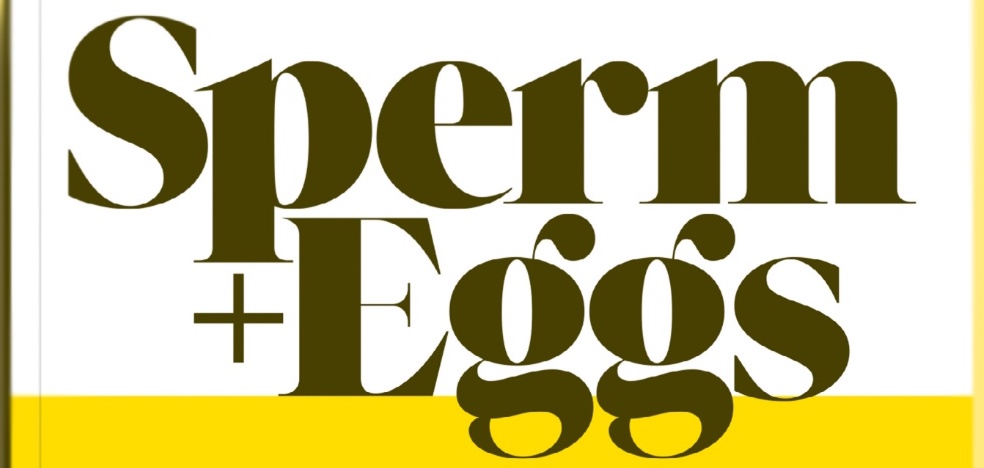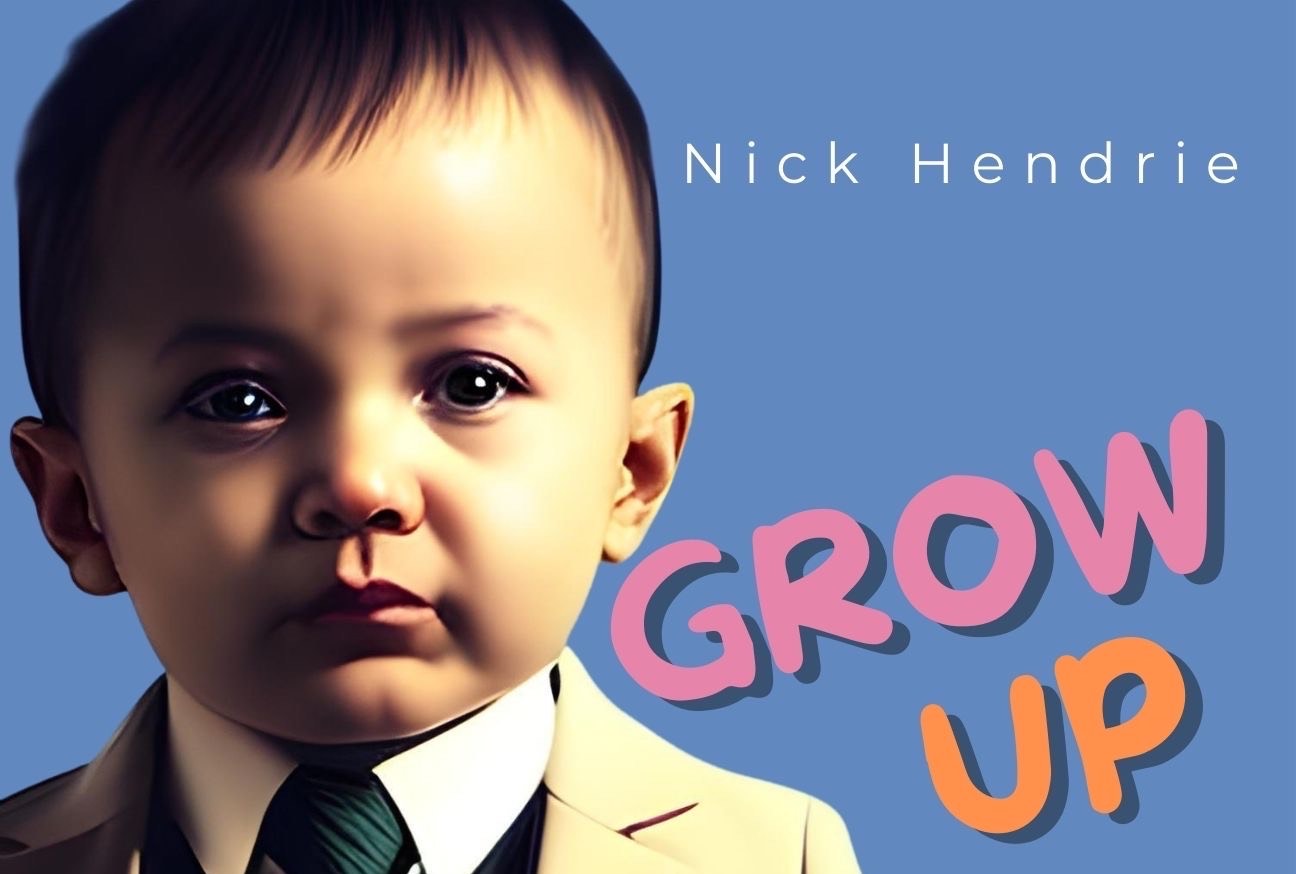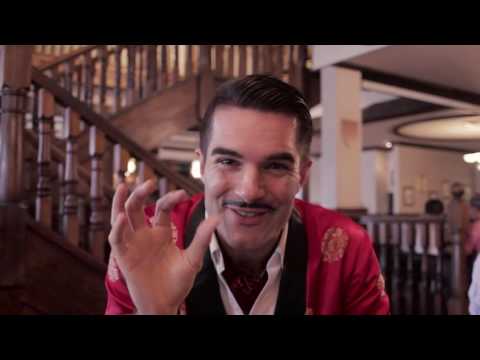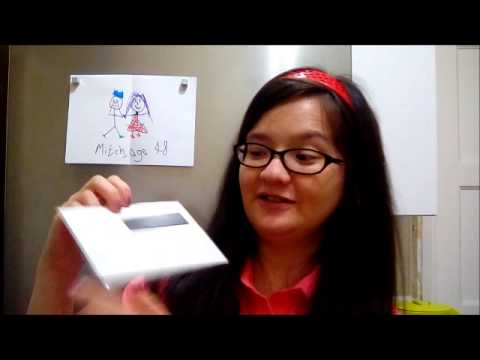HOW TO USE COMEDY IN MARKETING
Every product, every campaign, every brand is different, but these 5 rules always apply:
- Know Your Audience
- Know Your Product
- Make It Funny
- Make It Inclusive
- Avoid ‘Avoidance’
We’ve called these rules, but you’ll notice that for each there’s a large degree of variation. There’s no easy prescription to getting comedy right, but there are methods and considerations to give you the best chance. Humility is your friend here. During production you can never be certain that a comedic approach will land, but you can absolutely give it a better chance, and make sure that you have alternative options.
1. Know Your Audience
Brands can now target with greater precision than ever before. Like it or not, social platforms afford a window well beyond the basic demographic data available previously. When it comes to comedy, this specificity is key.
Demographics are important, but cultural differences are pivotal. It’s possible, though not easy, to craft humour that has appeal across genders, ages, education (and as we’ll discuss later this inclusivity is crucial). It’s not so easy, however, to reach across linguistic and cultural divides.
‘We may all laugh, but what makes us laugh very much depends on where we’re from, the language we speak, and the historical context with which we’re most familiar’
Christian Blauvelt (Arts Journalist)
Having said all that, trying to predict comic appeal can be a fool’s errand. The film Airplane! leans heavily on English language specific jokes such as…
‘Surely, you can’t be serious?’
‘I am serious, and don’t call me Shirley.’
…and yet the film polls higher amongst Latin American critics than any other group!
Our first example of the oft baffling question of what makes people laugh, and what makes some people laugh more than others. How can this uncertainty be navigated if you want guaranteed success for your marketing buck? One solution is simple and humble (and no, it’s not to target Latin American critics). Crowdsource it and crowdtest it. In the Comedy Crowd’s 10,000-strong global community of creators we’ve realised that it’s far more effective to set a brief and have a diverse community make content that they love (and that people like them will love).
What you find is that creators bring their own cultural specific interpretations and references to the comedy. This gives you a bank of content that can be shared with the audiences who identify with it. A far superior strategy to putting all your eggs in the basket of one creator.
2. Understand Your Product
You understand what your product does, who it’s for, why it’s great (not sure we can help you if you don’t!). Well, guess what, there’s a science bit…
In a 2006 study, Gulas and Weinberger proposed 4 different types of product, each requiring a distinct approach when it comes to comedy. Products are classified according to their ‘involvement’ and the extent to which they are either functional (practical) or hedonic (enjoyable). Involvement refers to the degree of importance that a viewer listens attentively and understands the key information about the product.
This is a useful consideration when thinking about how comedy could work best for your brand, but it’s only a guide, and there are always exceptions to the rule.
The types of products are summarised below:
Humour can be used in all cases, but its effectiveness varies, and the comedy has to be tailored, particularly if there are important messages about the product that need to be conveyed. A meta analysis by Martin Eisend (2009) suggested the following approaches were optimal for each type of product:
White goods – It is most important that the audience accepts and understands the key messages. It is not necessary for them to like the content, though this doesn’t cause harm to the brand. Comedy can help particularly where it is ‘issue relevant’, especially where it helps the processing of the key message.
A great example is Klarna – a Swedish bank that offers online financial solutions for businesses. Not an obvious breeding ground for comedy. But their ‘I Wish I’d Bought It With Klarna’ series showcases amusing events involving online shopping disasters.
This promotes their ‘Pay Later’ scheme, allowing consumers to pay when they are happy. It creates interest and draws attention to the issue in an engaging way, without making fun of the brand itself. Nice.
Blue Goods – There should be a focus on how the product solves a problem so use of comedy has to complement this aim.
Dollar Shave Club is a great example. They use hyper exaggeration and an amusing performance to deliver what would otherwise be simple messages about the functional benefits of their razors.
Red Goods – It is key that content is authentic and emotive. In this instance it is important whether the viewer likes the content, and so humour can assist, both where it is relevant to the product or a more general device.
Buying a Volkswagen from an old lady is a great example.
They need to get key information across (that the car is safe, sturdy, reliable), and purchasing a car is more on the hedonic than functional end of the spectrum.
Yellow Goods – Effectiveness depends on creating an emotional appeal for the product that is unique to the brand. The viewer must like the content. This is the most fertile ground for well-executed comedy, and there are endless examples of ‘yellow goods’ doing this effectively. See Innocent Drinks and Wendy’s ads below.
This demonstrates that it is important to identify how comedy fits in the overall aims of any brand-related content. Brands may need to dovetail humour alongside the need to convey information or stir emotion, and this will impact on the style and emphasis of comedy required.
3. Make It Funny
‘It’s not that funny things happen to funny people.
It’s that funny people see the things that happen to them in a funny way.’
We’ve already discussed that incorporating humour into a message is not a ‘free hit’. It can distract from other messaging, and this might be a price worth paying if it improves perception of the brand, but if the joke falls flat it compromises the whole endeavour. Failed attempts at comedy will hurt (metaphorically speaking, unless you count Jackass as comedy).
The way to avoid this reputational risk is of course to make something that is genuinely funny to the audience you are targeting. The quickest shortcut to getting this right is volume and testing. Lots of ideas and lots of feedback, both of which need to emanate from your audience (see Rule 1).
Let’s look at what makes an idea funny. Now, this might feel like a formulaic approach to comedy, and formulas and conventions instinctively feel like they have no place in this creative space. It feels like the sort of approach a good comedian would deride, bristling at the thought that their specialist craft could be distilled into anything resembling a set of ‘how to’ steps.
But comedy is formulaic. There is no one formula, but there are a variety of reasons that something is funny, and we can generally codify them.
The starting point for comic ideas is startlingly simple. Take a normal situation and reinterpret it with an incongruity. This incongruity can be referred to as a violation because it ‘threatens a person’s well-being, identity, or normative belief structure’ (Veatch 1998). Amusing violations might manifest as a social violation (fart in a lift), cultural violation (wearing a tuxedo to a skate park) or just plain old fashioned tickling. Each is a threat of some sort, though arguably the confined flatulence is somewhat more grave than the others. Here are some examples of violations in created content:
- Linguistic (e.g. a pun or mispelling) – ‘The only thing flat-earthers fear, is sphere itself’
- Physical (e.g. violence) – Terry Tate, Office Linebacker
- Logical (e.g. heightened reality or absurdity) – The Ministry Of Silly Walks
There is quite the arsenal to choose from, but comedy can be polarising and unpredictable, so volume and testing are your friend.
If you’re looking to structure a sketch, whether that’s 20 seconds or 2 minutes, we have a separate in-depth guide written by Comedy Coach Chris Head.
4. Make It Inclusive
Funny alone isn’t enough. These last two rules explain a couple of elements that your comedy content must have if it is to have the positive effect you desire. These are drawn from a 2016 study by Caleb Warren and Peter McGraw, When Does Humorous Marketing Hurt Brands.
The first refers to the target of the violation. Your comedy can be inclusive or exclusive depending on who is the ‘butt’ of the joke. This consideration is separate to how funny the joke is. Exclusive comedy could be very funny to your audience, but they will still form a negative association with your brand if it smells like mean spirit.
Comedy is rooted in traditions of mocking the powerful, and pushing the boundaries of acceptability – but that strand of comedy isn’t a prudent approach here. The net result will be that the viewer likes the content, but has a less favourable attitude to the brand. Here is an example from that 2016 study – spot the inclusive and the exclusive violation:
This is a pretty extreme example as it’s both exclusive and offensive (though in the study the sexist example did score well for humour). Here’s a neat summary of what you should be looking for:
‘Inclusive violations tend to focus on the absurdity of a situation, the foibles of the world, or the imperfections of human nature’
This definition of inclusivity isn’t about brands virtue signalling or trying to associate themselves with images or themes of diversity that might seem totally irrelevant to the product (we’ve all seen plenty of examples that feel like tokenism). Rather, this is about embracing humour that makes fun out of something that doesn’t single out a particular group.
Take Innocent Drinks for example. During the covid lockdown in 2020 they ran a competition based around ‘useless things to do on your sofa’, rewarding the best entries with prizes and making charitable donations.
This is relatable and topical, which is a great starting point. But even more important here is the use of the crowd and user-generated content. By running a relatable crowdsourcing competition, Innocent have made the humour focus on something we are all experiencing together, rather than just showing their own interpretation of the event.
And there’s one other thing to consider…
5. Avoid Avoidance
Some of the violations that induce laughs also create emotions of disgust, fear or shame. Let’s not dwell on what this says about the human condition. Suffice to say these reactions are actually more harmful to your brand than anger, envy, or confusion (Carver and Harmon-Jones 2009; Chapman et al. 2009; Lerner and Keltner 2000) because they prompt avoidance – kinda the opposite of what we’re going for!
This is another scenario where content can be funny, but have the opposite of the desired effect from a branding perspective. In particular, content that includes what is termed a ‘purity’ violation was found to induce a negative reaction to the brand (moreso even than a ‘harm’ violation). This is particularly true for food and drink products. Take a look at the examples below:
The image on the left is pretty distressing if you have an affinity to limes. You might think that the violence depicted would have a very negative effect on the brand. In fact it is the image to the right, based on a purity violation, that was most damaging despite being deemed to be the funnier of the two.
The lesson is to look for comic opportunities that steer clear of creating any sense of avoidance through disgust, fear or shame.
A similar example where a brand successfully avoids avoidance is Wendy’s fast food. Like Innocent they worked with the highly relatable, but potentially risky, topic of Covid in 2020 and ran a campaign titled ‘If We Can’t Hug, We Might As Well Nug.’
As we’ve already seen, wordplay can be a very simple but powerful comedic tool. The important thing to notice here is that Wendy’s have related their nugget to the comforting image of a hug, the exact opposite of avoidance. Plus they have linked it to a free offer for customers. Always a strong move.



